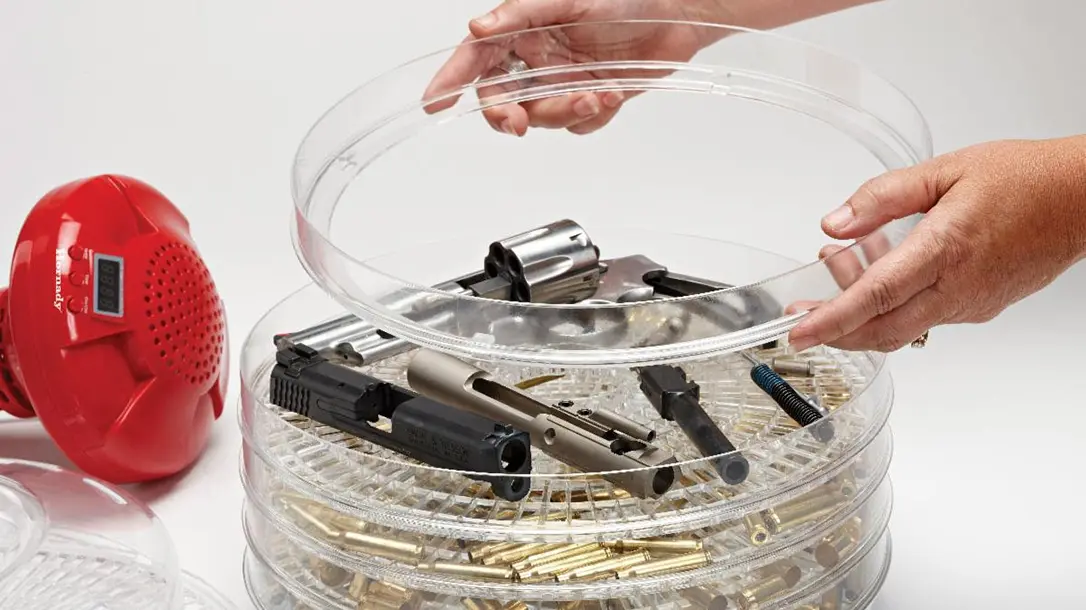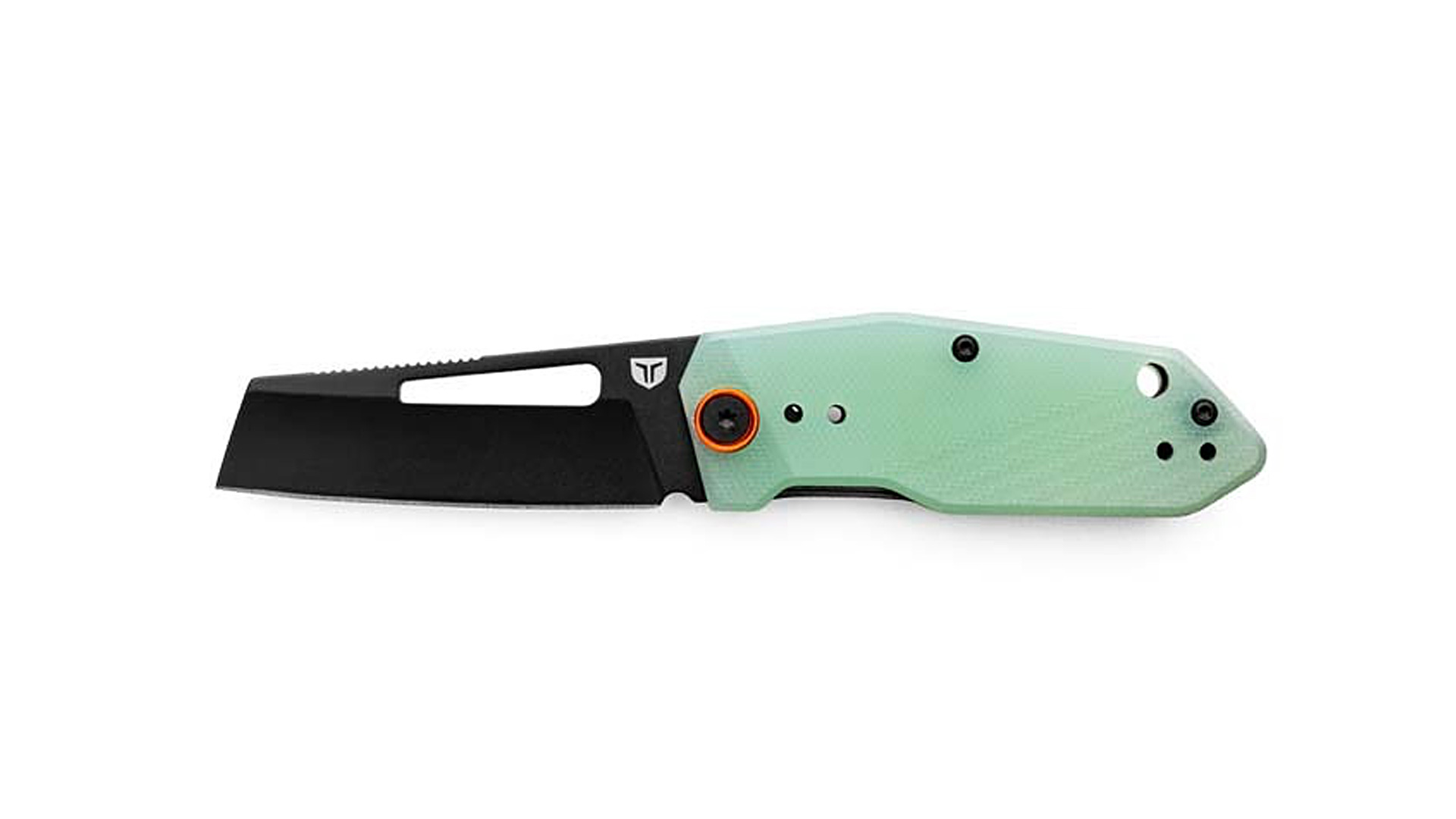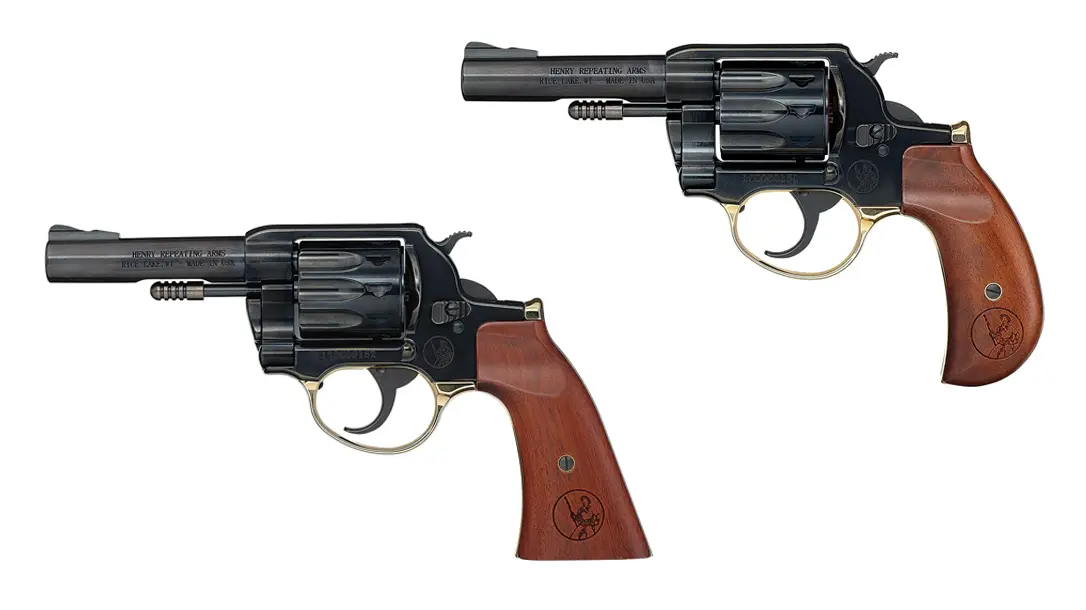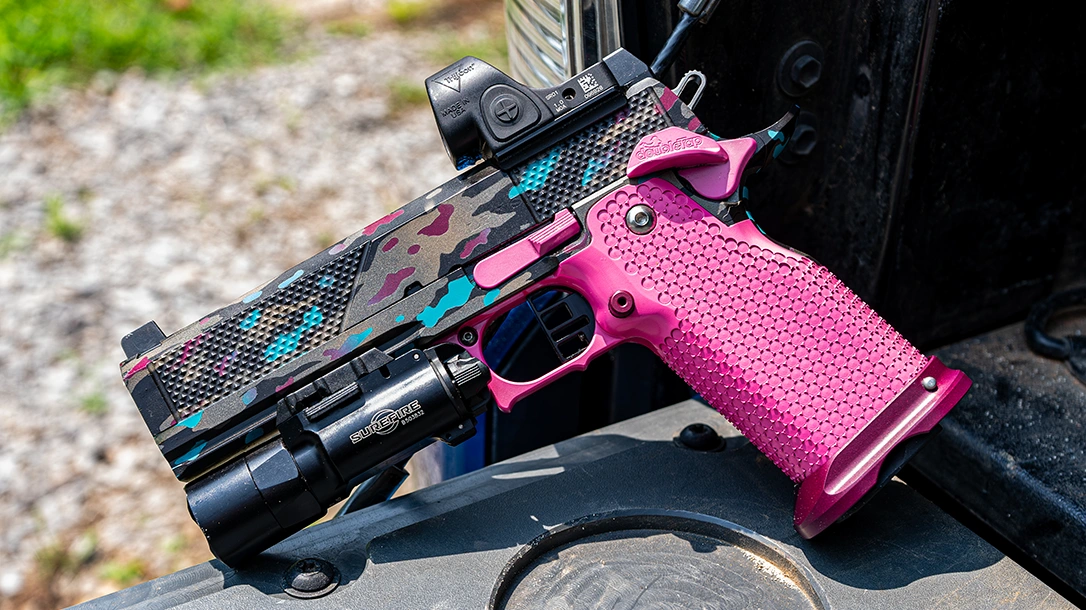Exploring the Role of Night Vision in Home Safety
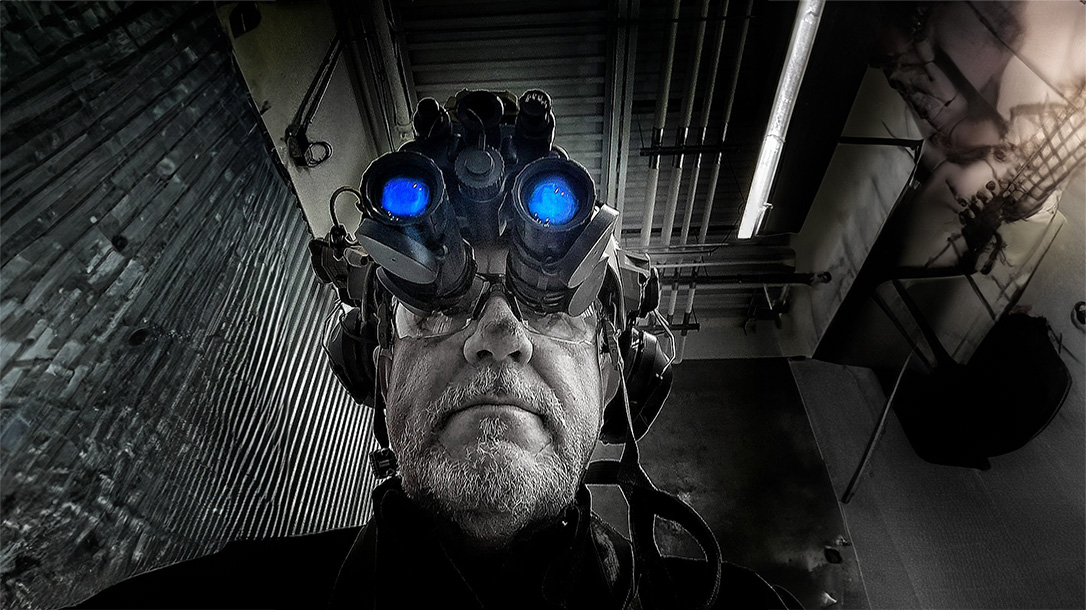
It’s two AM, and you have a window break in the living room downstairs. It is unfortunately common and brings up a good question. What do I do now? The best advice is to set yourself up in a defensive position and call the police. That is solid advice unless you need to get to someone beyond your room. Maybe you have a child or an elderly parent. At that point, we need to venture beyond our room. A tool that may help now is night vision. It’s time to explore the role of night vision in home safety.
First, we need to clear up a common point of confusion. To really delve into night vision’s role in home safety, we need to separate them. Currently, two major players are in the “see at night” realm: night vision and thermal optics. Actual night vision devices work by using image intensifiers to amplify light. They are very common in the military and a growing number of law enforcement agencies. Thermals are devices that detect and visualize heat to create a detailed image of a scene. They work by capturing infrared radiation, which is emitted by all objects but is invisible to the human eye.

The Upside and Downside
The upside of night vision is that it provides a solid, clear image of everything in the viewing area. The downside is that depth perception can be an issue for some people. It also cannot be used in complete darkness. You will more than likely need an infrared illuminator indoors. Night vision also has a hard time seeing through particulates such as smoke. This all underscores the importance of exploring the role of night vision in home safety.

The upside of thermal is that it lets you see heat signatures clearly in complete darkness. It can also see through barriers such as smoke. They also come at a less painful price point. Companies such as Trijicon and Sightmark provide more wallet friendly options. The downside is that they are digital, which means there can be lag in what you see on the screen. Yes, there are some digital night vision devices, but the analog versions are much more common. They also cannot see through glass. This is another factor when exploring night vision’s role in home safety.

That being said, another point that hits both of these items is cost. If you want this in your home safety defense kit, it’s going to cost you. In fact, depending on what you get, it can range from a couple of thousand dollars to over ten thousand dollars. When exploring the role of night vision in home safety, financial considerations play a significant part.
The last point to consider is training. While this may have you scratching your head, it is a reality. I was once told there are only two ways to be safe in room clearing. The first is to have someone else do it. Second is the use of artillery. Once you begin moving through your house at night, it becomes extremely dangerous. With no ambient light it can be daker than inside a cow. If you choose to use a night optic, you must learn everything about it and how to move safely with it. The team at Vortex Edge teaches classes on the use of night vision for indoor applications. Such training is crucial for exploring the role of night vision in home safety.

Technology continues to advance in this area, and one day, I hope we have small, compact devices at our fingertips. Until then, it is up to you to decide if you need more than a flashlight to explore the darkness.
For More Information Visit: https://www.dhs.gov/publication/night-vision-devices


